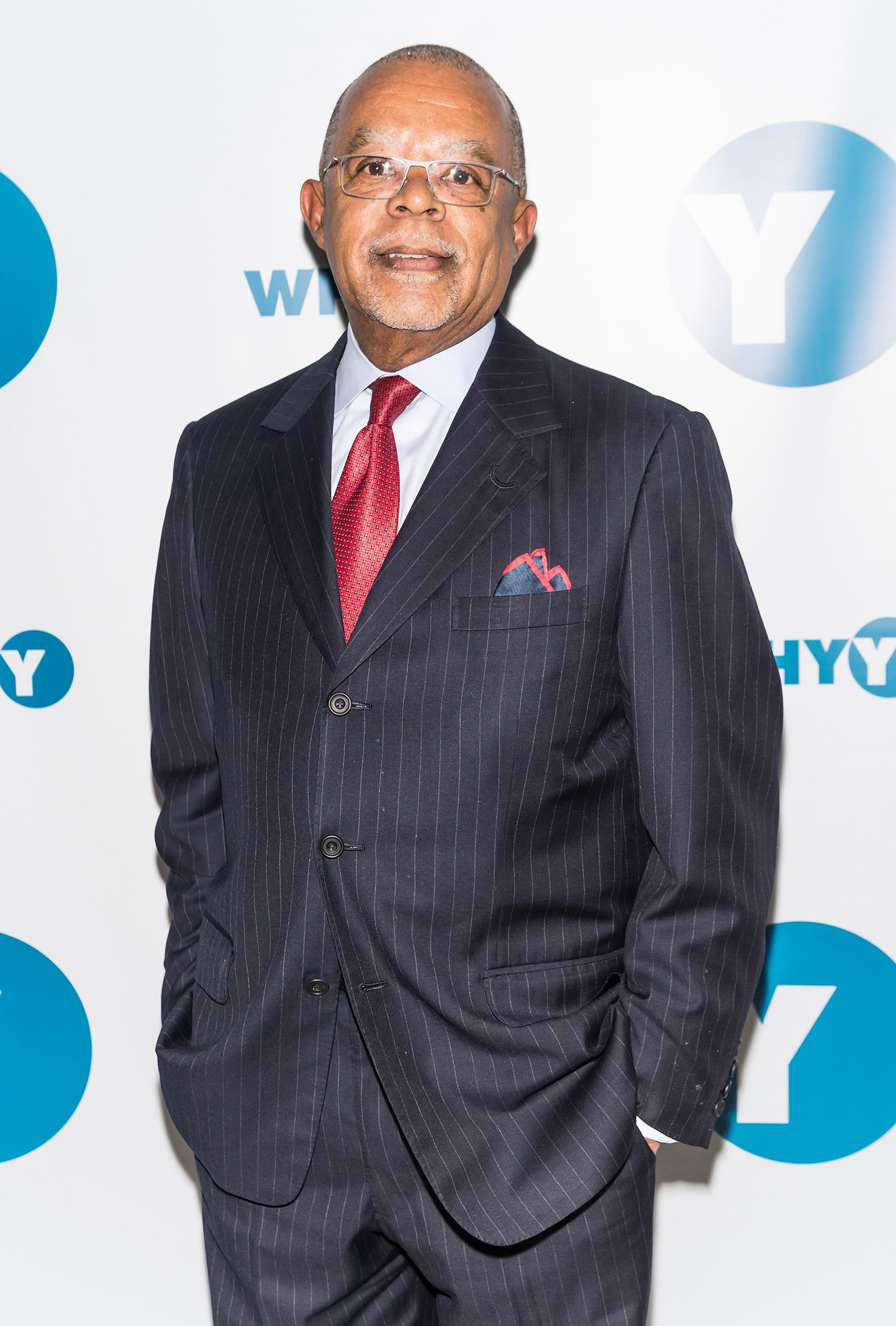
The scholar is busy with a new book, 100 Amazing Facts About the Negro, a forthcoming anthology and the fourth season of Finding Your Roots
Which of the facts in your book do you think is most amazing?
The first African American was Juan Garrido, who joined Ponce de Leon’s expedition to Florida, searching for the fountain of youth–the fact that there was a black man present at that event. One of the most shocking facts to me is that there were black slaveholders.
You write about how the 1957 book that inspired this one used genealogy to debunk racial purity. How does that square with your mission on Finding Your Roots?
I have a couple of missions. One is to show that we’re all descended from people who came to this country from somewhere else. Secondly, that we’re all related. If you go back far enough, everybody came out of Africa. This idea still makes some people uncomfortable.
You’ve spoken of yourself as someone who loves being black. How do you see that fitting together with the fact that we’re all related?
Ulysses is about 24 hours in the life of a Jewish man in Dublin, but if a student wrote that summary, you would say, “You missed the point.” You don’t read Hamlet to learn about princes in Denmark. The only way you can get to the universal is through a specific cultural history. To me that specificity is the African and African-American experience.
What do you think of the role of personal identity in American culture?
I had this injection for my sciatica, and when the doctor said, “It’s going to pinch,” I wasn’t thinking about Frederick Douglass. I was thinking about how somebody was about to put this needle in me. You’re not thinking, “Well, as an African American …” at every point in the day. It’s silly to try to consign the great multiplicity of our lives to one single identity, even one as resplendent as the African-American tradition.
You co-edited the new Annotated African American Folktales. One of your books is about facts and one is about myths. How do you balance those?
How do you put an explanation on the fact that we walk this earth and then you’re gone? It’s one thing to be able to just narrate what you see around you, but it’s another thing to put it in figurative language. You have to do both.
You’ve described the role of the griot, a traditional West African storyteller, as telling the community the truth about itself.
Yeah, the griot was not going to be elected President. People were trying to kill him.
What truth do you think our society needs to hear right now?
One is that America is a nation of immigrants. The contributions of any of its many elements are just as great as the contributions of any of its other elements.
What do you think should be done about Confederate statues?
Moving the statues to museums would be one idea. Often people think, If I take down that statue, I will erase the racism that the person represented and the statue embodied. It doesn’t work that way. So I would also encourage an additive approach. Maybe if there’s a statue of Robert E. Lee, he needs to be surrounded by Harriet Tubman and Sojourner Truth. The one thing I know is, when you take down a statue, you give people cause. We need to build bridges rather than barriers.
Are you optimistic about our ability to do that?
Yeah. I think that, in many ways, we’re in a crisis right now. Those who love truth, justice and the great American tradition of democracy have to determine that we’re not going to succumb to temptations to demonize. That is a dead end.
More Must-Reads From TIME
- The 100 Most Influential People of 2024
- Coco Gauff Is Playing for Herself Now
- Scenes From Pro-Palestinian Encampments Across U.S. Universities
- 6 Compliments That Land Every Time
- If You're Dating Right Now , You're Brave: Column
- The AI That Could Heal a Divided Internet
- Fallout Is a Brilliant Model for the Future of Video Game Adaptations
- Want Weekly Recs on What to Watch, Read, and More? Sign Up for Worth Your Time
Write to Lily Rothman at lily.rothman@time.com